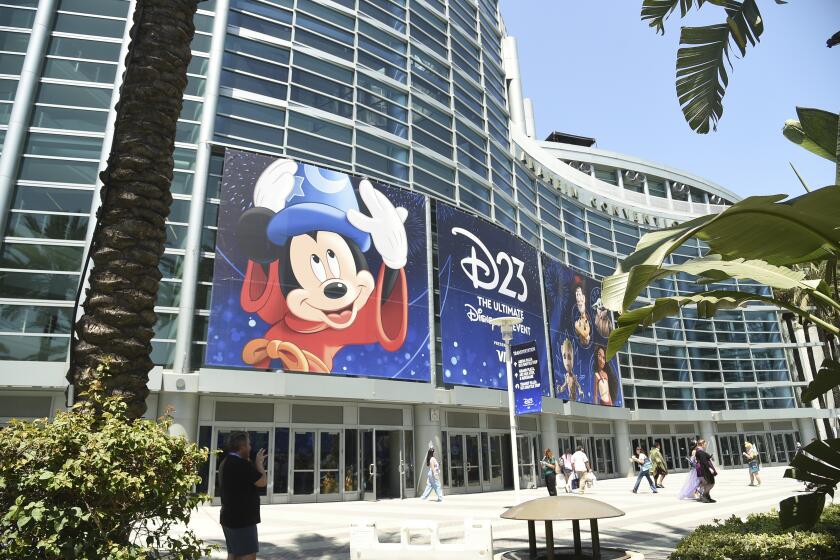‘It Ends With Us’ movie banned in Qatar for kissing scenes

Sony Pictures’ hit film adaptation of “It Ends With Us” has been prohibited from screening in Qatar, the Los Angeles Times confirmed on Monday.
The country’s censorship committee rejected the PG-13 movie over kissing scenes, according to a person with knowledge of the matter who was not authorized to comment.
Films that have previously been banned in Qatar include “Eternals,” “Doctor Strange in the Multiverse of Madness,” “Spider-Man: Across the Spider-Verse,” “Lightyear” and “West Side Story,” all of which contain LGBTQ+ characters or themes.
Actors and spouses Blake Lively and Ryan Reynolds faced off at the box office this weekend with ‘It Ends with Us’ and defending champion ‘Deadpool & Wolverine.’
Based on the bestselling romance novel by Colleen Hoover, “It Ends With Us” opened in theaters worldwide and collected $80 million over the weekend, including a better than expected $50 million in the U.S. and Canada.
The film stars Blake Lively as a flower-shop owner who gets caught in a love triangle with her abusive partner and her childhood sweetheart. Rounding out the main cast are Brandon Sklenar, Jenny Slate and Justin Baldoni, who also directed the picture.
The ‘Barbie’ movie is banned in many Arab nations over objections to LGBTQ and feminist messaging and ‘criticizing the concept of male guardianship.’
The highly anticipated title garnered mixed reviews from critics but exceeded early expectations at the box office, notably rivaling Marvel’s “Deadpool & Wolverine” starring Lively’s husband, Ryan Reynolds.
Despite its exclusion from Qatar, nearly 40% of “It Ends With Us’” opening-weekend gross came from international markets. The movie was released in 42 different regions on more than 7,300 screens, according to measurement firm Comscore.
More to Read
Inside the business of entertainment
The Wide Shot brings you news, analysis and insights on everything from streaming wars to production — and what it all means for the future.
You may occasionally receive promotional content from the Los Angeles Times.









